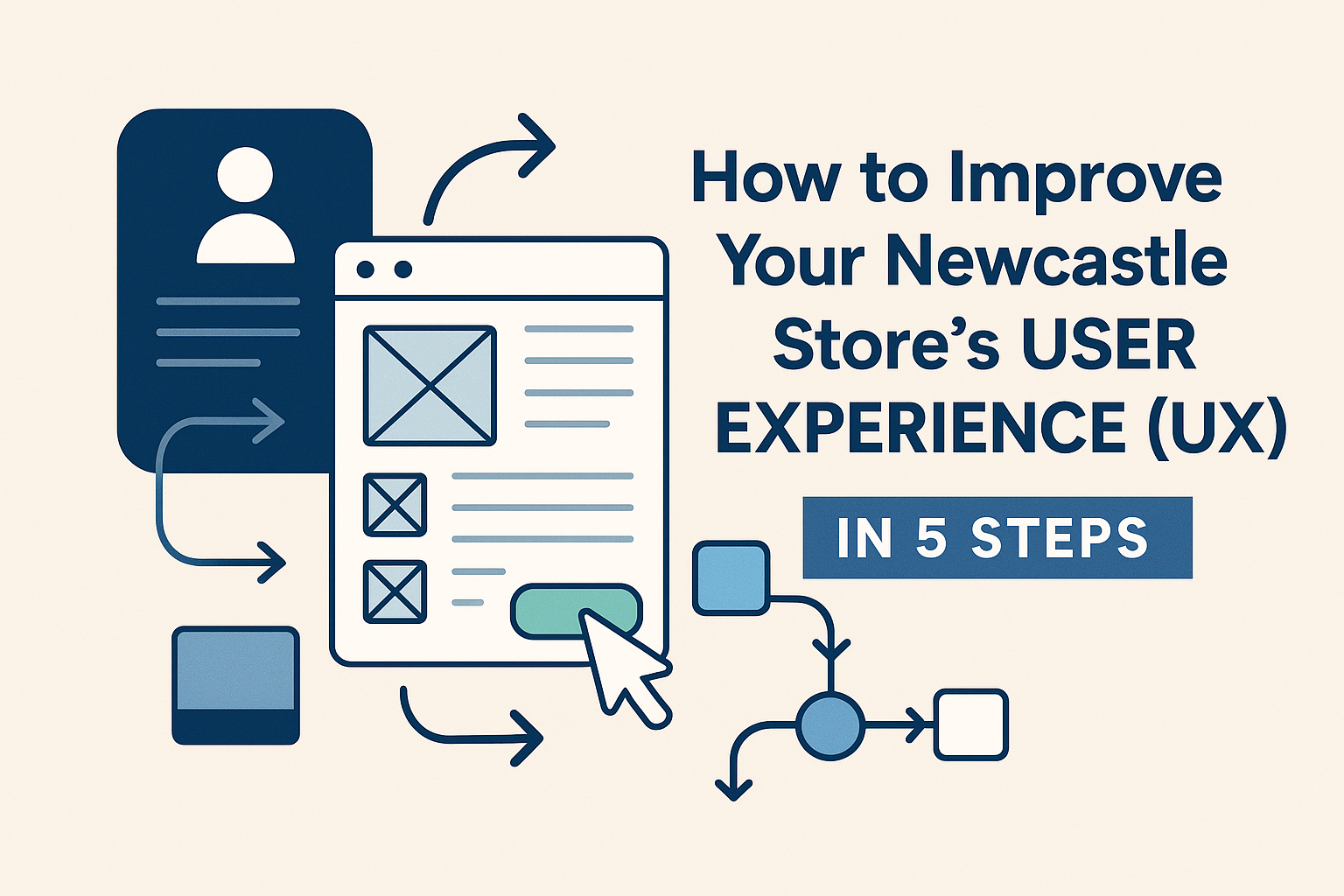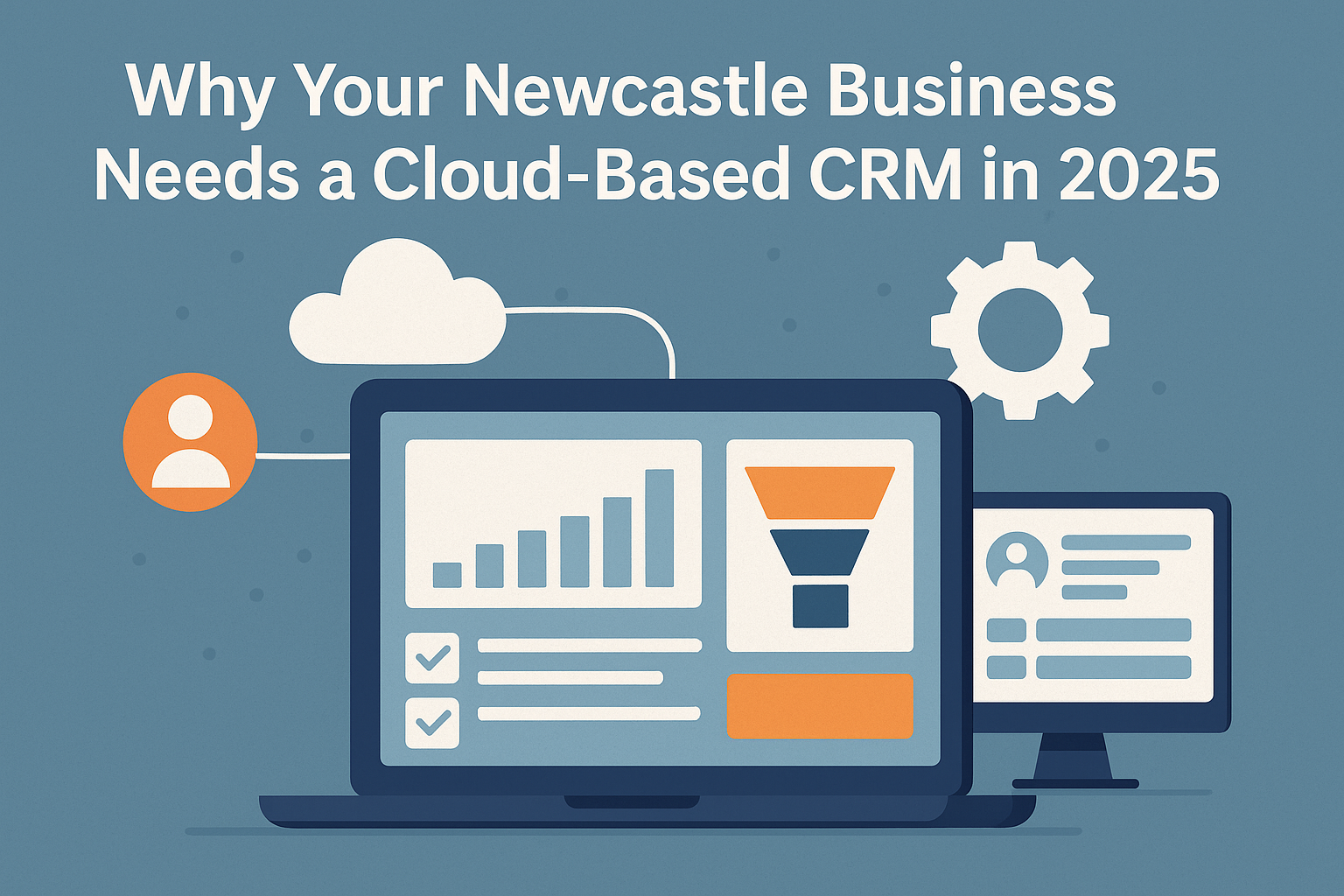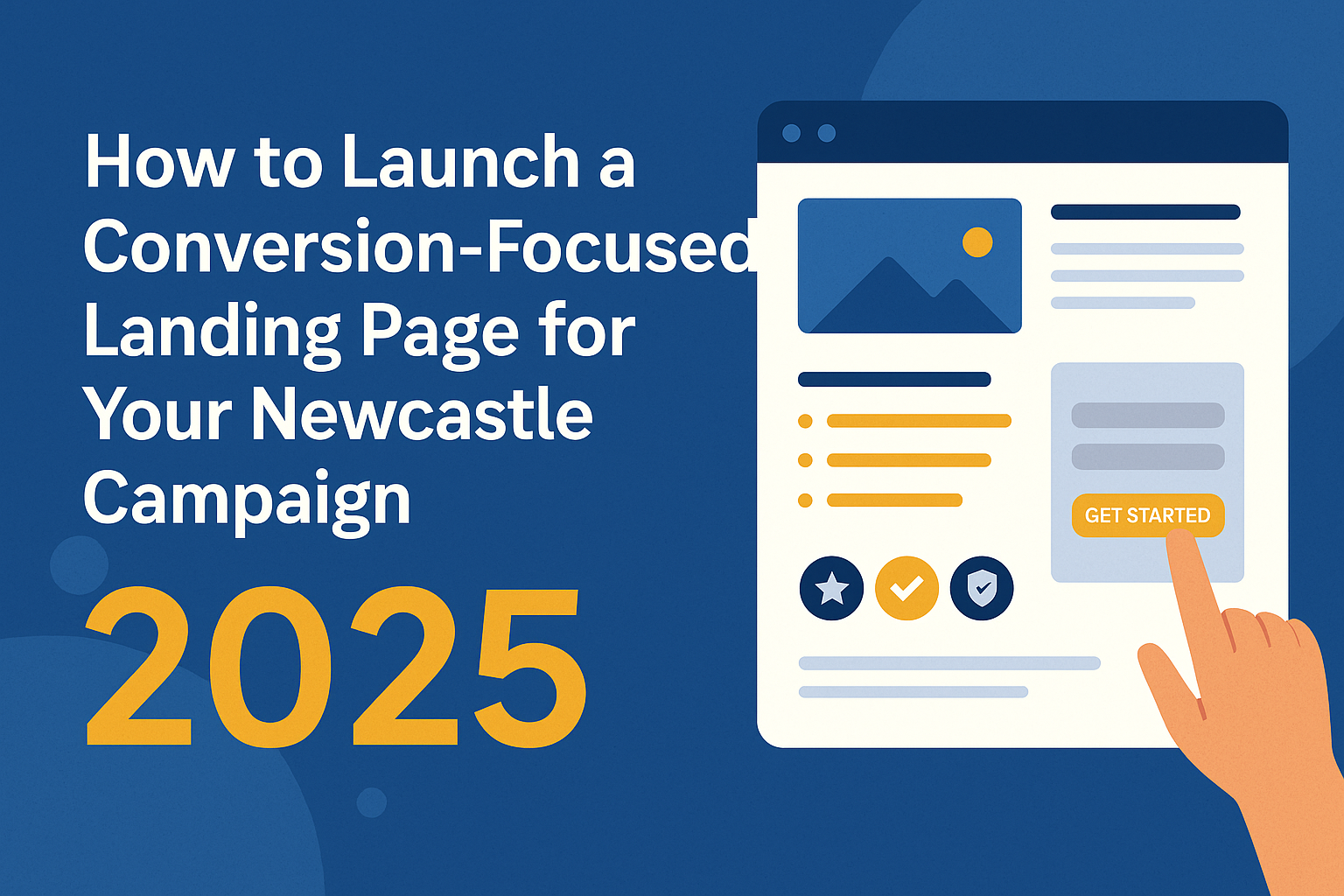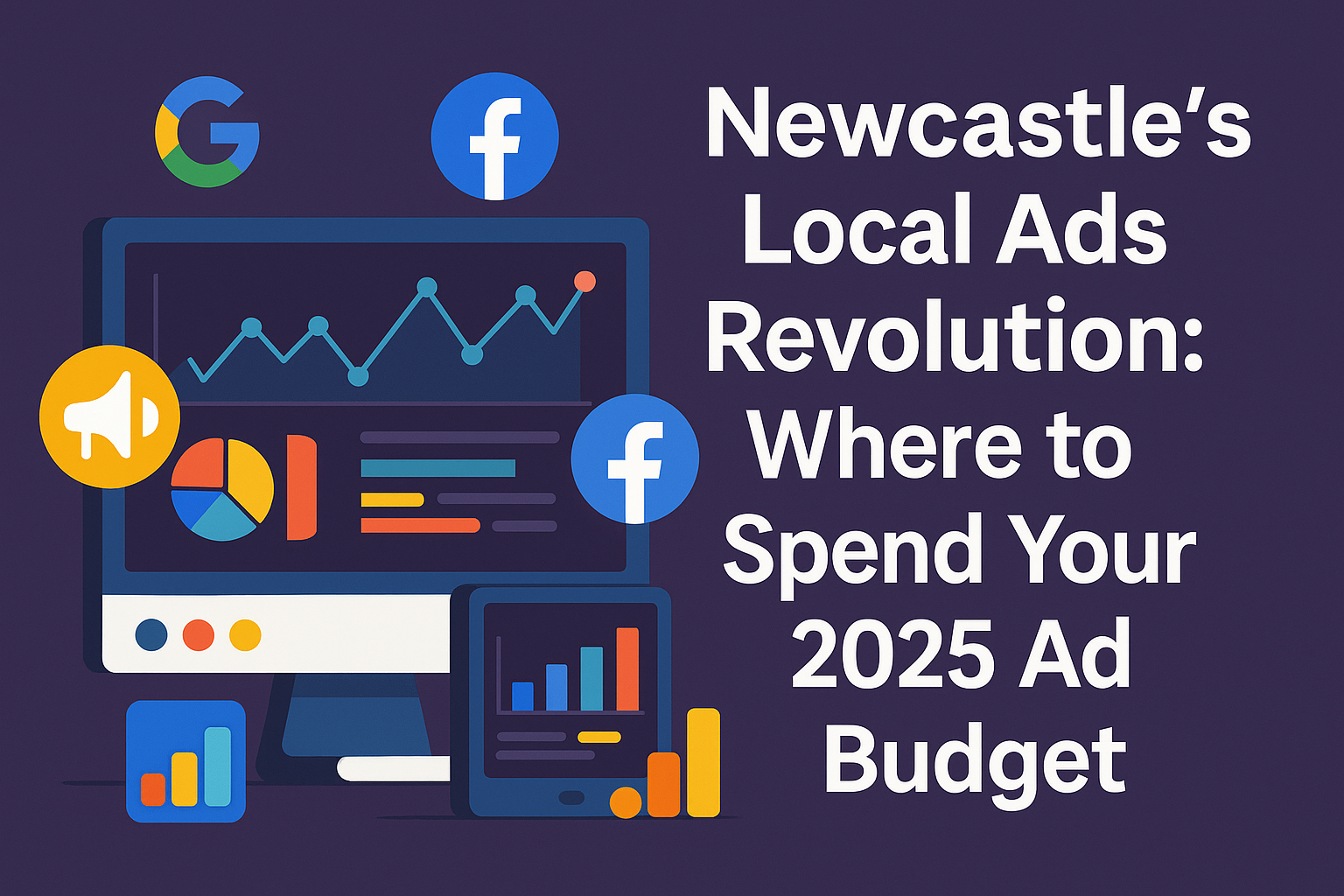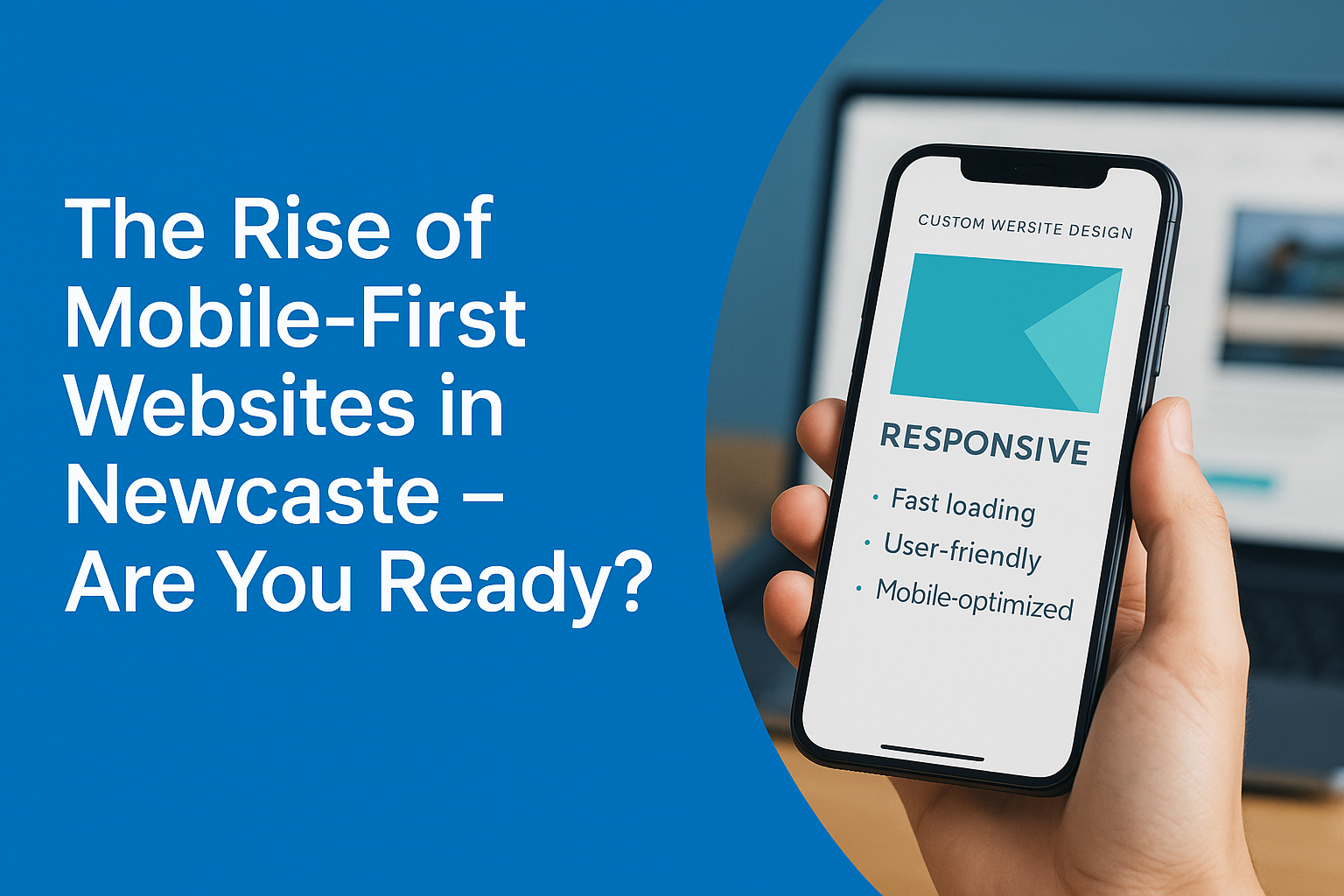- sales@robatodigitals.com
- 124 Westwood Dr, Burnside VIC 3023
The Art of Crafting a Stunning Website: A Guide to Web Development

The Art of Crafting a Stunning Website: A Guide to Web Development
In the digital age, a compelling online presence is non-negotiable for businesses and individuals alike. Crafting a stunning website is an art that goes beyond aesthetics; it encompasses user experience, functionality, and effective communication. In this guide to web development, we explore the key principles and steps to create a website that not only captivates visitors but also delivers a seamless and engaging online experience.
Define Your Purpose and Audience:
Before diving into the technical aspects of web development, clarify the purpose of your website and identify your target audience. Whether it's an e-commerce site, a blog, or a portfolio, understanding your goals and audience sets the foundation for the design and functionality of your website.
Responsive Design for Multi-Device Accessibility:
With users accessing websites from a variety of devices, responsive design is imperative. Ensure your website is optimized for various screen sizes, from desktops and laptops to tablets and smartphones. A responsive design guarantees a consistent and user-friendly experience across all devices.
Intuitive Navigation:
User experience hinges on intuitive navigation. Craft a clear and logical navigation structure that allows visitors to effortlessly explore your website. Primary navigation menus, search functionality, and strategic placement of important links contribute to a seamless navigation experience.
Compelling Visual Design:
A visually appealing website immediately captures attention. Choose a cohesive color palette, high-quality images, and a clean layout that aligns with your brand identity. Consistency in design elements, fonts, and imagery creates a professional and visually pleasing aesthetic.
Engaging and Relevant Content:
Content is the soul of your website. Craft compelling, relevant, and easy-to-read content that resonates with your target audience. Utilize a combination of text, images, and multimedia to convey your message effectively. Regularly update content to keep your website dynamic and informative.
Optimized Page Speed:
Website speed directly impacts user satisfaction and search engine rankings. Optimize your website's performance by compressing images, minimizing code, and leveraging browser caching. Tools like Google PageSpeed Insights can help identify areas for improvement.
Mobile-First Approach:
Given the prevalence of mobile users, adopting a mobile-first approach is crucial. Start designing and developing with mobile users in mind, ensuring that your website functions seamlessly on smaller screens. Google's mobile-first indexing also emphasizes the importance of mobile-friendly websites.
Secure with HTTPS:
Website security is a top priority. Implementing HTTPS, which encrypts data transmitted between the user's browser and the website, not only enhances security but is also a ranking factor for search engines. Acquire an SSL certificate to enable secure browsing.
Optimized SEO Elements:
Incorporate on-page SEO elements to enhance your website's visibility in search engine results. This includes optimizing meta titles, meta descriptions, header tags, and image alt attributes. Research and integrate relevant keywords naturally within your content to improve search rankings.
User Feedback and Testing:
Collecting user feedback and conducting thorough testing are integral steps in web development. Test your website across browsers and devices to ensure consistent functionality. User feedback, obtained through surveys or analytics tools, helps identify areas for improvement and fine-tune your website based on real user experiences.
Scalability and Future-Proofing:
Anticipate the future growth of your website by designing for scalability. Choose a flexible and scalable architecture that can accommodate additional features or increased traffic. Regularly update your website's technology stack to stay current and secure.
Accessible Design for All Users:
Ensure your website is accessible to users of all abilities. Implementing accessible design principles, such as providing text alternatives for images and ensuring keyboard navigation, not only broadens your audience but also aligns with ethical and inclusive web practices.
Conclusion:
Crafting a stunning website is a multidimensional process that involves both artistic and technical considerations. By combining visually appealing design, seamless functionality, and user-centric principles, you can create a website that not only reflects your brand identity but also delivers an exceptional user experience. In the ever-evolving landscape of web development, staying abreast of design trends, technological advancements, and user expectations is key to maintaining a website that stands out in the digital realm. With careful planning and attention to detail, you can embark on the journey of web development and create a stunning online presence that leaves a lasting impression on your audience.


